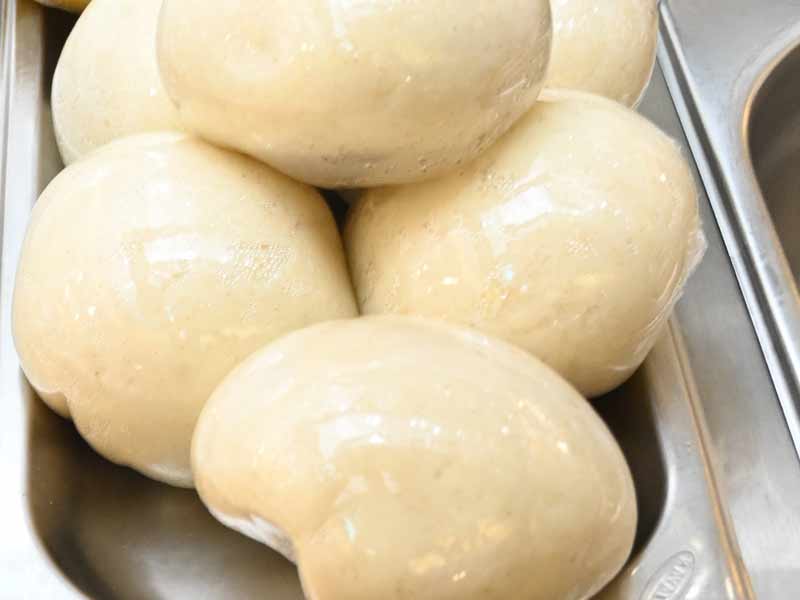When my mother-in-law visited two weeks ago, she brought some locally processed cassava for me. The gift made me nostalgic for it brought back memories of university days when I spent time at Mama Anyi’s place. Mama Anyi is my aunt and she was a non-academic staff at the University of Nigeria Nsukka at the time. In those days, her home was a haven not just to her numerous relatives but to many Aguleri indigenes who were students at the University.
Read more about Food
I learnt how to make cassava fufu which is also called loi loi, akpu, santa or santana in her home. Mama Anyi makes bitter leaf soup and ofe ora with aka ochie (an experienced hand). When either of these soups is paired with cassava fufu, omo, na eat and testify oh!
Since I left Nsukka and her home, I never had the opportunity to make cassava fufu again. Thus, when my cassava gift arrived, I knew that I needed someone to guide me through the process of making it, make I no fall hand. So, I called my big cousin, Chinelo and she guided me through the process. My cassava fufu turned out well; mama was impressed, Lol. Today’s cassava fufu recipe is Chinelo’s own. It’s an old fashioned method that involves pounding. But make una learn this one first. I’ll share the jeborized method in the coming week.
Requirements for Making Fufu
Cassava
Water
Pestle and mortar
How to Prepare
Put some water in a clean pot to boil. Please note that the water should be enough to cover the balls of raw cassava that you will mould. Take out the quantity of cassava that you need and put them in a mortar. My cassava was pureed days before it arrived at my home; so, the excess water in the cassava had already drained out. The cassava puree was dry as a result. Thus, I had to add water gradually while pounding lightly.
Sign up to the Connect Nigeria daily newsletter
Please note that too much water will make your cassava too soft. Also take note of the fact that I used the term, lightly to qualify the pounding. This is because the pounding at this point is not vigorous. Chinelo said pounding helps to get rid of lumps in the cassava; it also helps the cassava to bind when moulding.
After pounding, try to mould a little cassava into a ball, if it comes together, it’s ready. Mould the remaining mashed cassava into medium-sized balls. When the water comes to the boil, add the cassava balls to it, one at a time till all of them enters the pot. Cover the pot and cook for at least 5 minutes. This will allow the cassava balls to boil well and you’ll see cracks in them.
When the 5 minutes is up, take it off the heat and transfer the cassava balls to the mortar. Add more water to the water used in boiling the cassava balls. Place it on medium heat, then, pound the cassava balls in the mortar till all the lumps are crushed. The fufu will be white and smooth when you are done. Remould the fufu into balls and if the water comes to the boil, add the fufu balls into the pot. Cook for another 5 minutes and take the pot off the heat.
Scoop the cassava balls into the mortar and pound till you have a lumpless, even-textured and off white fufu. Your fufu is ready. If you want, you can use the cutter to share the cassava into portions for wrapping with cling film or white waterproof bags. Otherwise, just use the cutter to share them directly into plates.
I enjoyed my cassava fufu with ogbono soup but you can eat it with any Nigerian soup of your choice.
Featured Image Source: Publichealth.com.ng
Got a suggestion? Contact us: [email protected]


